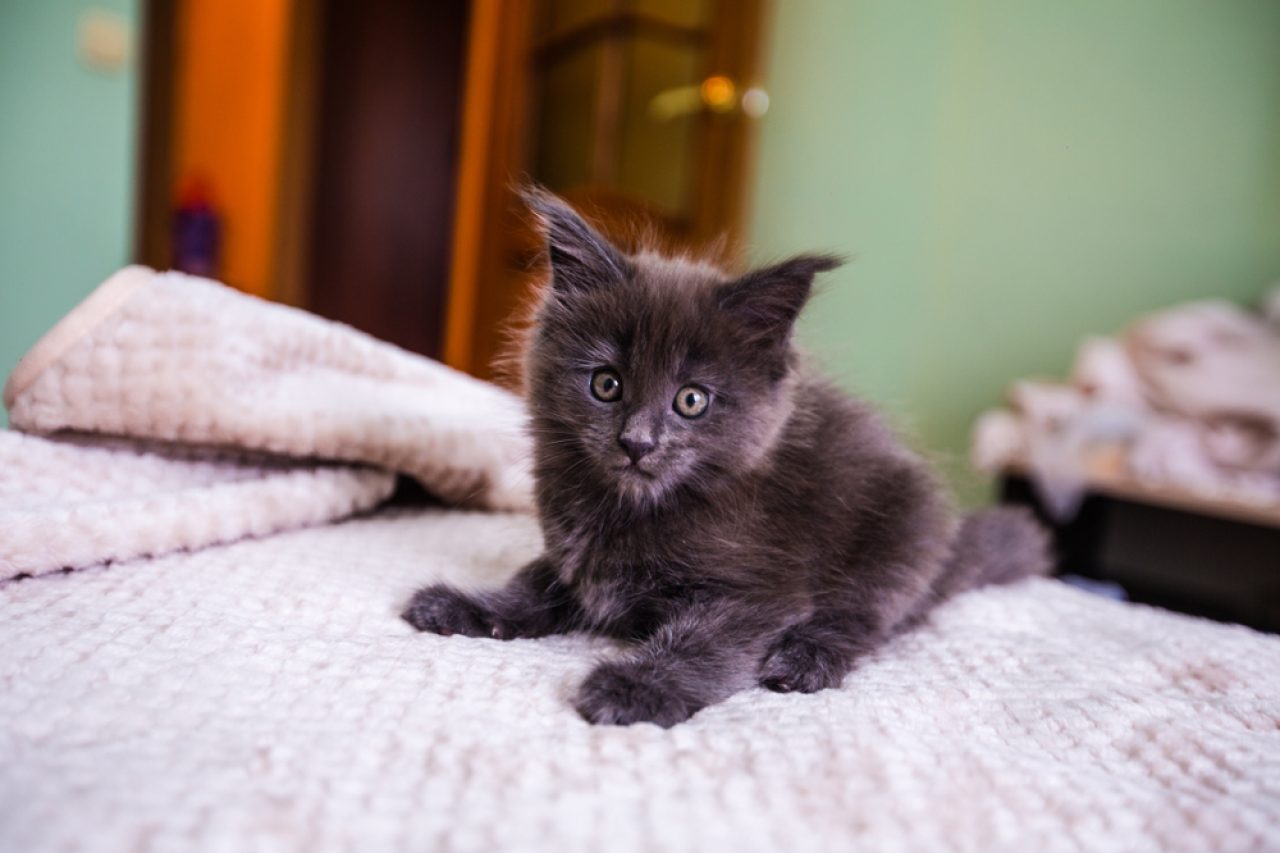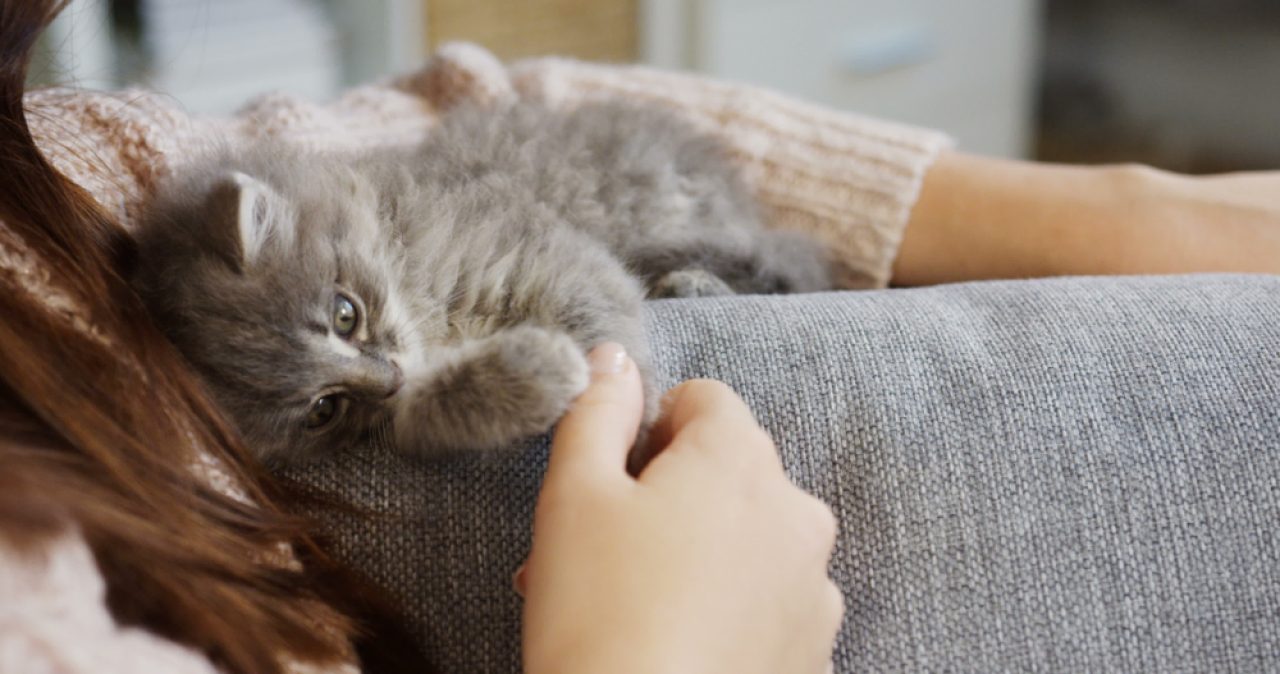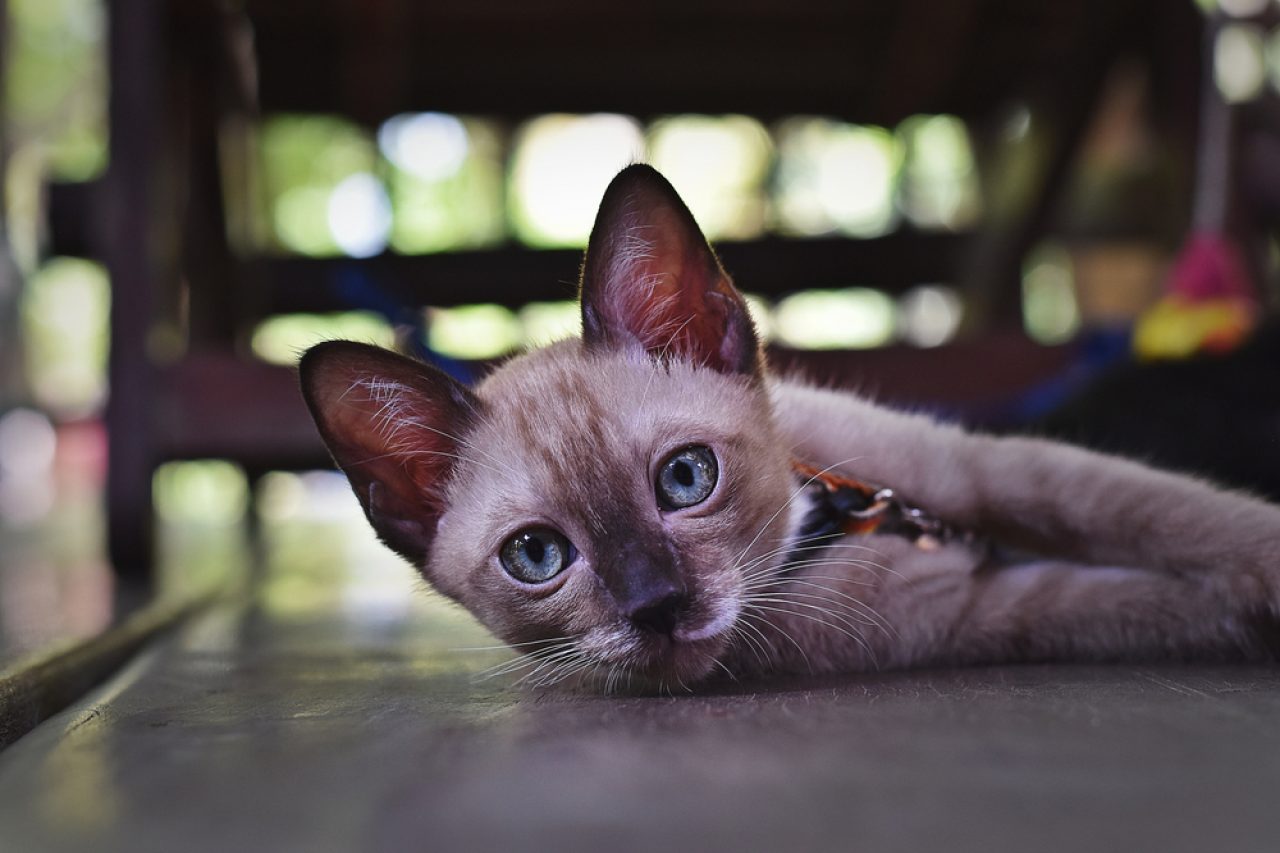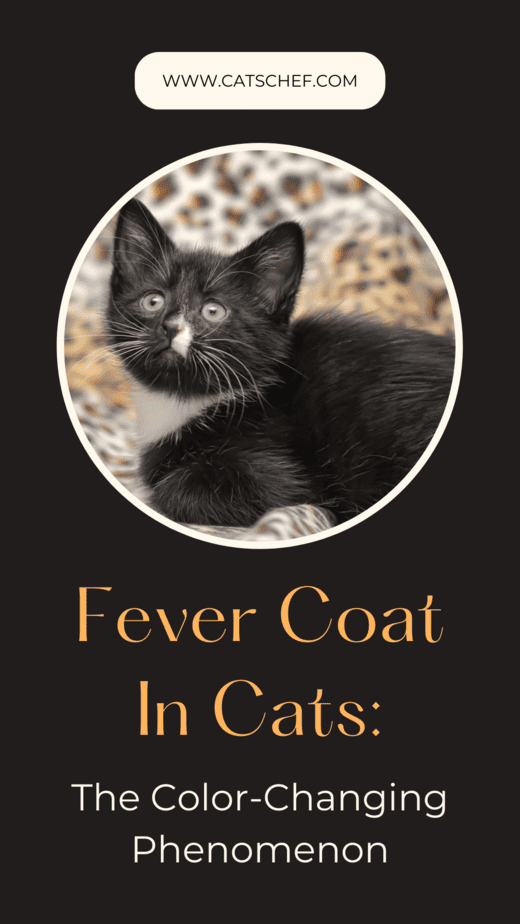📖 Table of Content:
Wait… Did your kitten change color? How is that even possible? Well, fever coat in cats is just one of many surprises that our beautiful felines have in store for us. With their superhero senses, healing purrs, and color-changing coats, our furbabies truly are magical.
Although it sounds impossible for your furry friend to change colors, this rare phenomenon is normal with young purrers. You think you’ve learned everything there is to know about kittens before adopting your own baby fluff, but there’s always a surprise. We wouldn’t want it any other way.
Don’t worry, though. A fever coat is just a phase for your kitten. Take it as your fluff transitioning into her true coat that will make you fall in love with her all over again! So, if it caught you off guard – don’t stress about it. It’s a pretty cool thing to experience, and it’s completely harmless for your furball.
We’re sure you have a lot of questions about a fever coat in cats, and we don’t blame you. Not a lot of people expect this to happen because they’ve never heard of it before. Luckily, we’re here to answer all of your questions, so let’s dive right in.
What is a fever coat in cats?
Fever coat in cats, also known as “stress coat”, is a condition that only affects kittens in their early days. It all goes back to your furbaby’s mother. When she was pregnant, there’s a possibility she was exposed to high levels of stress, suffered from fever, or was on some kind of medication.
Because of this, her babies were exposed to high temperatures in the womb, which resulted in their coats not developing properly. Since the coat is easily affected by the temperature, the pigments in it weren’t distributed the way they normally would. As a result, kittens born of one color end up changing into another one.
But don’t worry, there’s nothing concerning about it. Fever coat presents no harm to your kitten and there’s absolutely nothing to worry about. It’s a temporary aesthetic issue that doesn’t lead to any health problems.
Fluffs born with a fever coat tend to have fur that’s silver, brown/red, or cream in color. Often, the roots of their coats are much darker. It shouldn’t take more than a year for your furball to transform into the color she’ll be for the rest of her life. It’s a pretty exciting process, isn’t it?
So, don’t let the “fever” in the name worry you. This condition is purely a pigmentation issue and your kitten is completely healthy. No harmful effects, genetic abnormalities, or any kind of health issues. You can put your mind to rest.
Types of a fever coat
Now that you know your kitten is and will be okay, breathe a sigh of relief and we can move on to the different types of kittens’ magical fur. Although the cause is pretty much always the same, fever coat in cats can show in three different ways.
1. Patches
Some fever coats can display in patches. What this means is that parts of your kitten’s fur might be her normal color, while the other parts are yet to turn into one. For example, a brown tabby cat might have the right coloring on her head and tail, while the rest of her body is covered in a fever coat.
This type of fever coat is great for impatient cat parents who can’t wait to see what their furbaby will end up looking like. This way, it will be much easier to distinguish because your fluff is already giving you a small sneak peek of her beautiful life-long fur.
2. All-over color
The most common type of fever coat in cats is the all-over color. In contrast to the patchy one, this type causes your kitten’s fur to be in one shade. This kind of coat occurs when your baby fluff is born completely red, brown, creamy, or silver.
If you look closely, however, there might be some small indicators of what her real coat might look like. There might even be a pattern underneath her permanent coat, so you get a slight idea of what your kitty might look like when she grows up.
3. Dorsal stripes
A fever coat in cats can also manifest as dorsal stripes, although it’s pretty rare. These adorable stripes run parallel in shades of either red, gray, or white. It’s pretty majestic to see, but like any other, this type also goes away with age. Make sure you enjoy your fluffy baby tiger while you can.
Other reasons why your cat’s coat might change
Although a fever coat is one of the reasons why your cat’s fur might change color, there are some other reasons why this may happen.
1. Vitiligo
Think about Vitiligo as a reverse fever coat in cats. Your fluff’s fur might start off as a normal color, but over time you’ll start noticing white patches beginning to form. This condition is caused by pigment-producing cells dying off.
Although it sounds scary, it’s usually not a cause for concern. However, if you notice your furbaby might be suffering from it, it’s important to speak to the vet. Vitiligo isn’t always caused by pigment cells dying off on their own, as they can sometimes be destroyed by your cat’s immune system.
Your vet will be able to determine if there’s any medical condition that’s causing this, so your kitty can get the proper treatment that will help her live a long and healthy life.
2. Nutritional deficiencies
A good and healthy diet plays a huge role in almost every aspect of your feline’s life, including her beautiful coat. If you don’t pay much attention to what you’re feeding your fluff, a change in her fur might be a sign that you should start doing so.
Feeding your kitty with cat food that’s rich in vitamins, nutrients, and minerals is crucial in keeping her healthy. If you have a black fluff whose coat started to reddish, there’s a high possibility that her diet is low in amino acids and tyrosine.
If her coat started to lighten, there’s a possibility she needs more zinc and copper in her food. The best thing you can do is cook your fluff a good and healthy homemade meal. That way, you’ll be the one fully in control of your kitty’s diet, and can start incorporating more food groups in her meals.
3. Health issues
Lastly, the thing no cat parent wants to hear, but it’s still good to keep in mind. Changes in your cat’s fur can be a symptom of underlying health issues.
Liver, kidney, and thyroid diseases can sometimes cause your cat’s fur to change color. This has nothing to do with a fever coat in cats and is usually accompanied by other symptoms, as well.
If your cat is no longer a kitten, yet her fur suddenly started changing colors, take her to the vet. Especially if you’ve noticed some behavioral changes, too. They’ll run all the necessary tests to see if there are any underlying health issues that you weren’t aware of.





